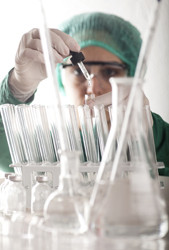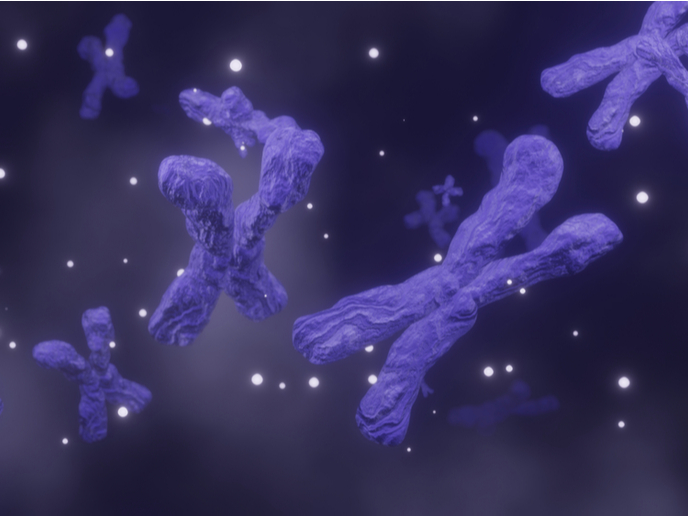The secrets of enantioselective synthesis
Enantiomers are common in nature, with living systems possessing a high degree of chemical chirality (a non-superimposable mirror image, such as right and left hands). Enantiomers often possess different chemical, physical and biological properties. When applied to pharmaceutical production, this feature is particularly important — especially when one stereoisomer may be toxic. A three-year project, ALKENESTOAMINOACIDS, aimed at developing efficient ways to produce enantioselective compounds. Specifically, the project focused on using chiral counterions to enable highly enantioselective electrophilic fluorination of alkenes. Introduction of fluorine into small organic molecules is an important task, as fluorine is often responsible for the biological properties of the pharmaceutical compounds. In addition, fluorine isotope is used for radiolabelling, used in medical imaging. Scientists developed a highly asymmetric fluorination of ketone- and aldehyde-derived enamides. Both compounds are used as versatile alpha-fluoro imine precursors to medicinally important beta-fluoroamines. Next, a highly enantioselective fluorinative dearomatisation of simple phenols was achieved. This type of direct dearomatisation is highly challenging and holds promise for synthesis of fluorinated analogues of natural compounds. Phenols bearing pendant electron-rich alkenes were discovered to undergo fluorination to produce allylic fluorides with high enantioselectivity. Project-developed methodology also enabled asymmetric alpha-fluorination of simple ketones. The use of two chiral catalytic cycles working in harmony (an enamine catalysis cycle and a chiral anion phase-transfer catalysis cycle) made such synthesis possible. The project results were featured in a patent relating to chiral anion-phase transfer catalysis as a general method for asymmetric fluorination. Seven peer-reviewed scientific publications have been prepared describing the various synthetic applications of the developed methodology. The recently emerged and rapidly developing area of asymmetric catalysis utilising chiral anions is bound to have a profound influence on a number of aspects of pharmacology.
Keywords
Enantioselective synthesis, enantiomers, alkenes, catalysis, chiral anion







